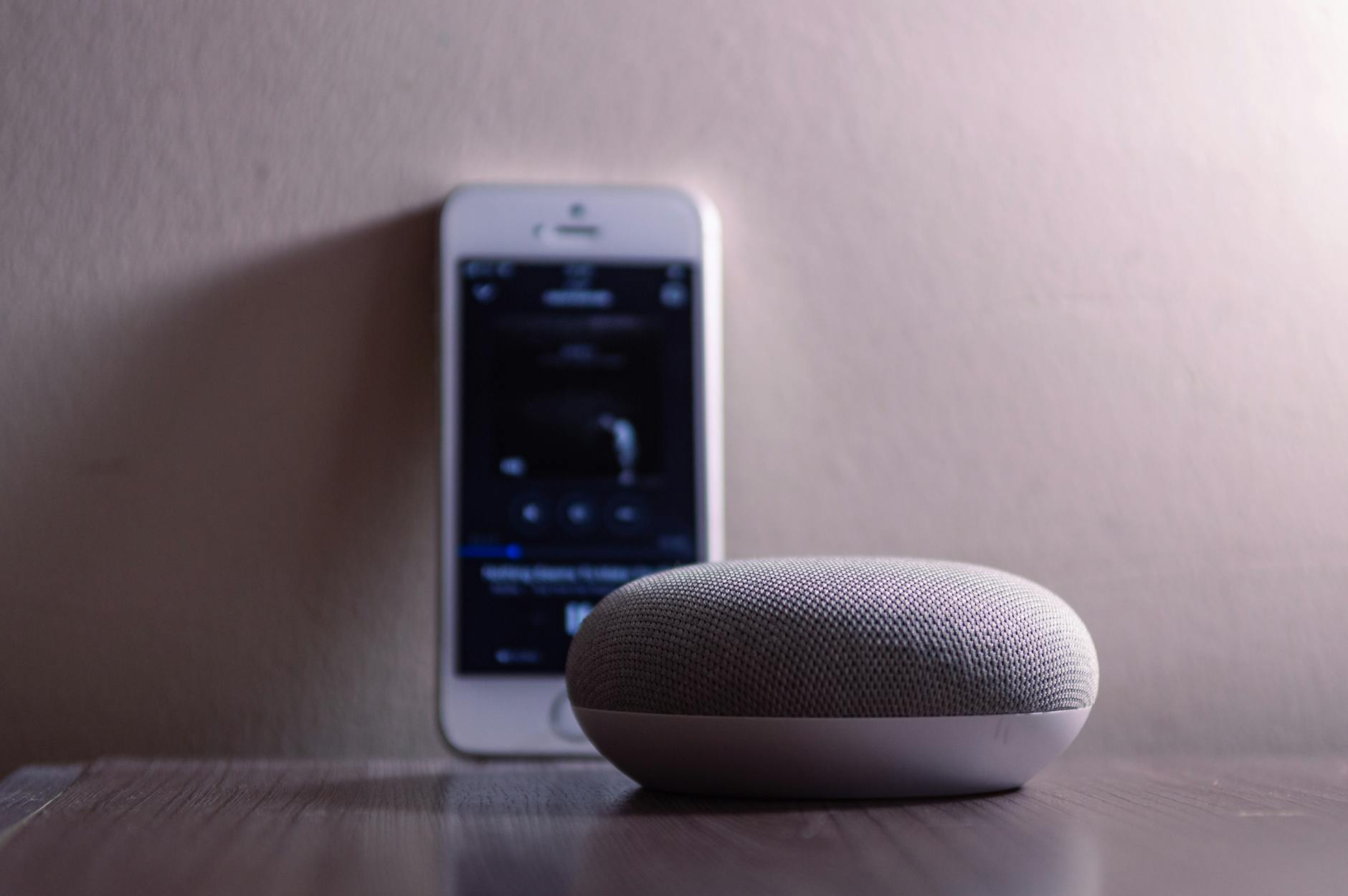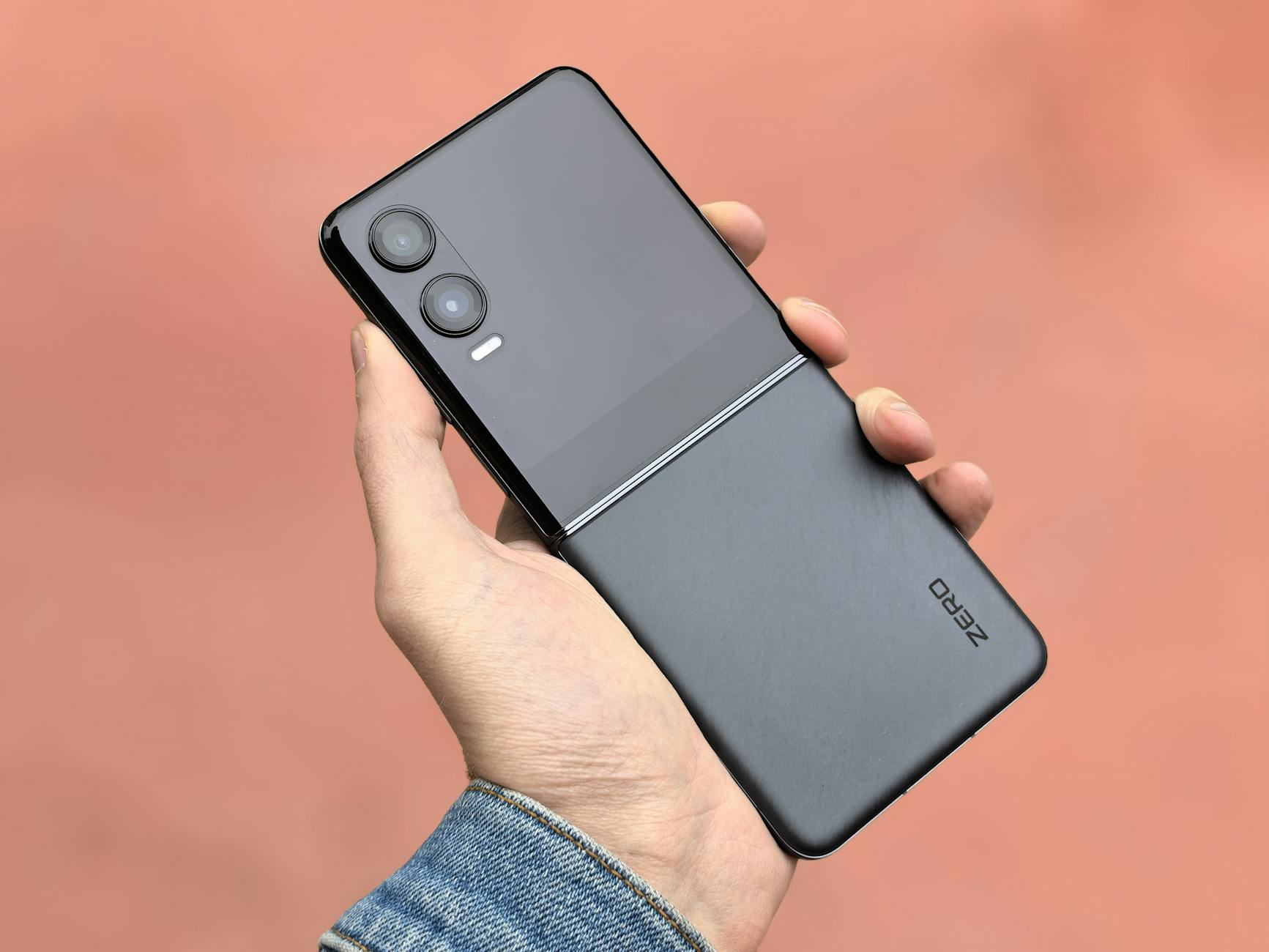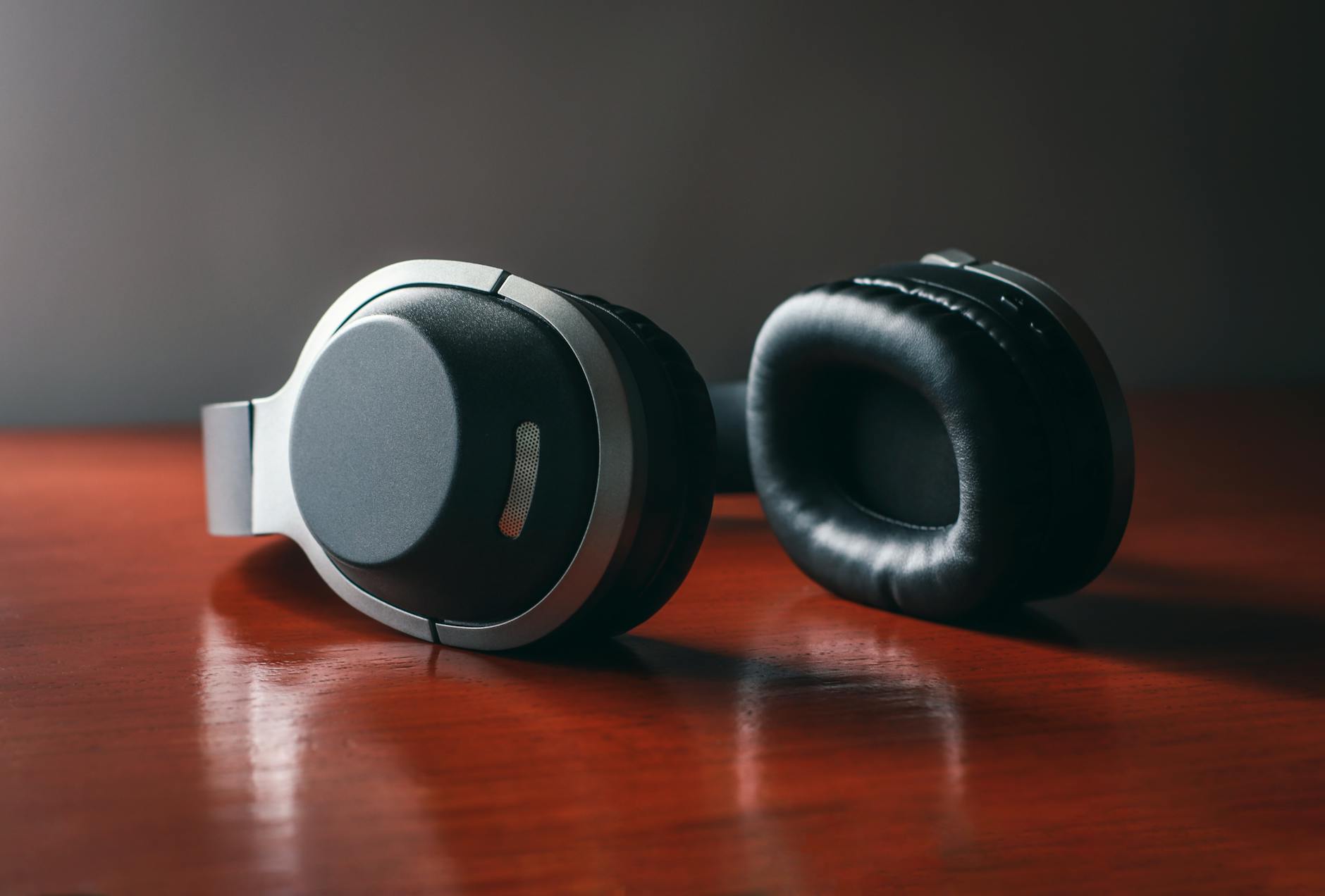Smartphones in 2025 aren’t just gadgets; they’re lifelines. From snapping Instagram-worthy shots to juggling work emails and gaming on the go, these pocket-sized powerhouses do it all. But with so many options flooding the market, how do you pick the one that’s perfect for you without breaking the bank? Whether you’re a budget-conscious buyer or ready to splurge on a flagship, this guide dives deep into the best smartphones of 2025, tailored for every wallet. Let’s explore the top picks, key features, and tips to help you make a savvy choice.
Why Choosing the Right Smartphone Matters in 2025
The smartphone market in 2025 is a whirlwind of innovation. AI is smarter, cameras are sharper, and batteries last longer than ever. But here’s the catch: not every phone is worth your hard-earned cash. Choosing the right smartphone means finding a device that fits your lifestyle—whether you’re a content creator needing a stellar camera or a busy professional craving all-day battery life. A wrong pick could leave you frustrated with sluggish performance or a camera that can’t keep up. So, how do you navigate this crowded space? It starts with understanding your needs and budget.
The Role of Budget in Smartphone Selection
Your budget is the gatekeeper of your smartphone options. Under $300, you’ll find solid performers with compromises, like slower processors or basic cameras. Step up to $300-$600, and you’re in mid-range territory, where phones rival flagships in many ways. Beyond $600, premium devices offer cutting-edge tech, but the price tags can sting. The good news? 2025’s market has something for everyone, and even budget phones pack a punch thanks to trickle-down technology from flagships.

Key Features to Look for in a 2025 Smartphone
Before diving into specific models, let’s talk about what makes a smartphone shine. The best phones balance four pillars: battery life, camera quality, processing power, and software support. Ignore these, and you might end up with a shiny paperweight. Here’s what to prioritize.
Battery Life and Charging Speed
Ever had your phone die mid-day? It’s the worst. In 2025, top phones boast 5,000mAh batteries or higher, lasting a full day or more. Fast charging is a game-changer too—some models juice up to 50% in 30 minutes. Look for phones with at least 30W wired charging to keep you powered up without long pit stops.
Camera Capabilities
Smartphone cameras are now mini studios. From 200MP sensors to AI-powered editing, 2025’s cameras capture every moment with jaw-dropping clarity. Multiple lenses (wide, ultrawide, telephoto) offer versatility, while night modes tackle low-light shots. If photography’s your thing, prioritize phones with advanced computational photography.
Processing Power and Performance
A phone’s processor is its brain. In 2025, chipsets like Qualcomm’s Snapdragon 8 Elite and Google’s Tensor G4 handle everything from gaming to multitasking with ease. More RAM (8GB or higher) ensures smooth performance, especially for power users. Don’t settle for a sluggish chip—it’ll age poorly.
Software and Updates
Software is the soul of your phone. Long-term updates (five years or more) keep your device secure and feature-rich. Brands like Samsung and Google lead here, offering up to seven years of support. A clean, bloat-free interface, like Google’s stock Android, enhances the user experience.
Best Budget Smartphones Under $300
Tight on cash? No problem. Budget phones in 2025 deliver impressive value, blending decent specs with affordability. Here are two standouts.
Moto G Power (2025)
Priced around $300, the Moto G Power (2025) is a battery beast. Its 5,000mAh battery lasts over 18 hours in tests, perfect for heavy users. The 6.7-inch LCD screen is vibrant, and 30W charging gets you back in action fast. Sure, the processor isn’t a speed demon, and the camera’s just okay, but for the price, it’s a steal.
Samsung Galaxy A16 5G
For $250-$300, the Samsung Galaxy A16 5G shines with a 6.7-inch AMOLED display—a rarity at this price. Its 90Hz refresh rate makes scrolling buttery smooth, and Samsung promises six years of updates, so it won’t feel outdated soon. The triple-camera system handles casual snaps well, though low-light shots could be better.
Best Mid-Range Smartphones ($300-$600)
Mid-range phones are the sweet spot for most buyers, offering near-flagship features without the hefty price. These two are tough to beat.
Google Pixel 9a
At $499, the Google Pixel 9a is a budget photography king. Its 48MP main camera punches above its weight, delivering vibrant, detailed shots. Powered by the Tensor G4 chip, it handles AI tricks like Google’s Gemini assistant with ease. Seven years of updates and a clean Android interface seal the deal. The only downside? Battery life is solid but not exceptional.

Nothing Phone 3a Pro
For $459, the Nothing Phone 3a Pro stands out with its transparent design and Glyph LED lights. Its 6.77-inch 120Hz AMOLED display is gorgeous, and the 50MP main camera with a 3x telephoto lens is rare at this price. With 12GB of RAM and a clean NothingOS, it’s a stylish, powerful choice. Just watch out for spotty carrier compatibility.

Best Flagship Smartphones ($600 and Above)
Ready to splurge? Flagship phones in 2025 are tech marvels, packed with premium features. Here are three that dominate.
Samsung Galaxy S25 Ultra
The $1,299 Samsung Galaxy S25 Ultra is a beast. Its 200MP quad-camera system captures stunning photos, and Galaxy AI features like real-time translation and photo editing are next-level. The S Pen adds versatility, and the 6.9-inch OLED display is a visual treat. Seven years of updates ensure longevity, but the price is a hurdle.
Google Pixel 9 Pro
Priced at $999, the Google Pixel 9 Pro is a camera champ. Its 50MP main sensor and AI-driven editing produce gallery-worthy shots. The Tensor G4 chip powers a smooth stock Android experience, and the 6.3-inch OLED display is bright and sharp. Seven years of updates make it future-proof, though it lacks the S Pen’s utility.
OnePlus 13
At $899, the OnePlus 13 is a flagship bargain. Its 6.8-inch 120Hz AMOLED display is vibrant, and the Snapdragon 8 Elite chip screams speed. The 6,000mAh battery with 80W charging is a standout, topping up in under an hour. The triple-camera system is solid, though not as refined as Samsung or Google’s.
Foldable Phones: The Future or a Fad?
Foldables are stealing the spotlight in 2025, but are they worth the hype? These innovative devices offer unique designs, but they come with trade-offs like higher prices and durability concerns. Still, they’re tempting for early adopters.
Motorola Razr Ultra (2025)
The $999 Motorola Razr Ultra (2025) is a sleek flip phone with a 6.9-inch foldable OLED display. Its compact design is perfect for pocketability, and the external screen handles quick tasks like replying to texts. The camera and battery life| Conclusion
Choosing the best smartphone in 2025 is about balancing your needs, budget, and priorities. Whether you’re after a budget-friendly Moto G Power, a mid-range Pixel 9a, or a flagship Galaxy S25 Ultra, there’s a perfect phone for you. Consider what matters most—battery life, camera quality, or cutting-edge AI—and test devices in-store if possible. With tariffs looming, now’s a smart time to buy before prices climb. Dive into our recommendations, weigh your options, and grab a phone that’ll keep you connected and inspired.
FAQs
1. What’s the best smartphone for photography in 2025?
The Google Pixel 9 Pro and Samsung Galaxy S25 Ultra lead the pack with their advanced camera systems, offering superior low-light performance and AI-enhanced editing.
2. Are foldable phones worth buying in 2025?
Foldables like the Motorola Razr Ultra are stylish and innovative but pricier and less durable than traditional phones. They’re best for tech enthusiasts who love unique designs.
3. How long should a smartphone last in 2025?
With proper care and software updates, a quality smartphone can last 4-6 years. Brands like Samsung and Google offer up to seven years of support, extending usability.
4. Should I wait for sales to buy a smartphone in 2025?
Yes! Events like Black Friday or carrier trade-in deals can save you hundreds, especially on flagships like the Galaxy S25 Ultra or iPhone 16 Pro Max.
5. Can budget phones handle gaming in 2025?
Mid-range phones like the Nothing Phone 3a Pro and budget options like the Moto G Power can handle casual gaming, but flagship phones with Snapdragon 8 Elite chips are better for demanding titles.










Leave a Reply